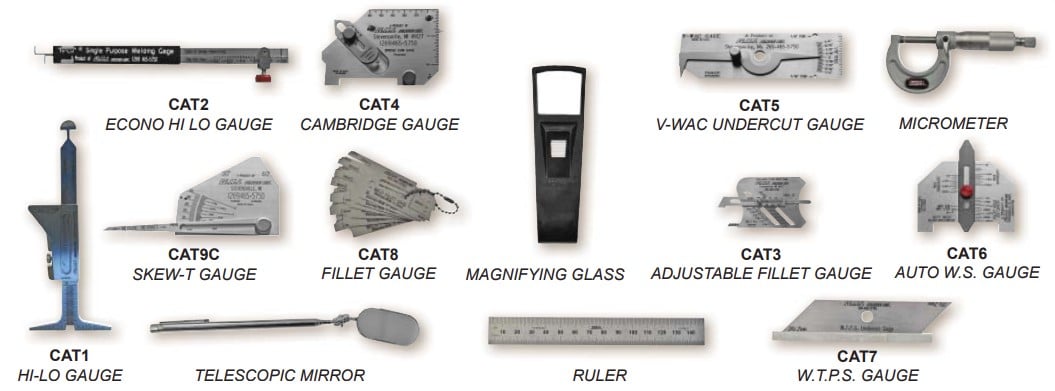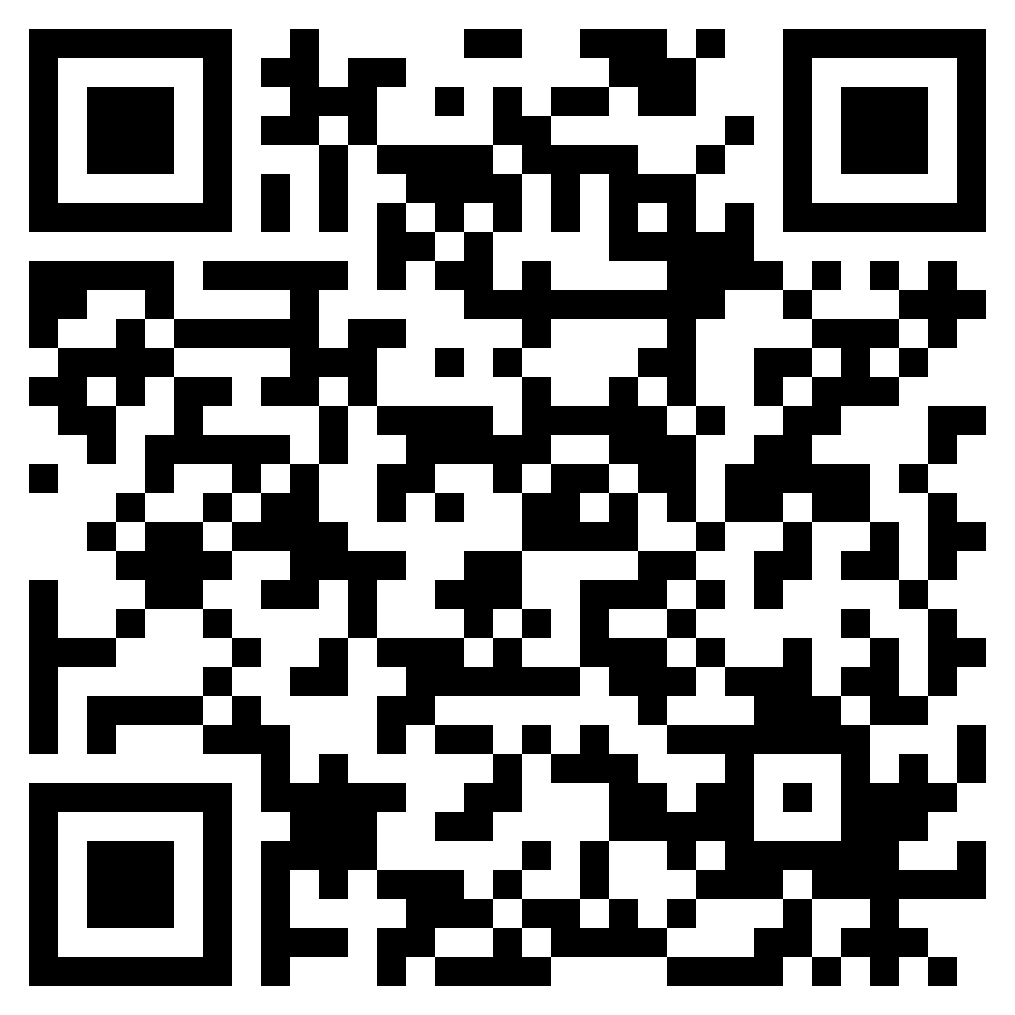Discovering the Various Methods and Requirements of Welding Assessment for Achieving Conformity and Reliability in Engineering Applications
The value of welding evaluation in design applications can not be overemphasized, as it offers as an important secure for ensuring architectural integrity and conformity with sector requirements. Numerous techniques, including aesthetic inspection and advanced non-destructive testing techniques, provide necessary understandings into the top quality of welds.
Relevance of Welding Assessment
Welding inspection plays an important function in making certain the stability and safety and security of welded structures. This process entails the organized exam of welds to verify compliance with fixed requirements and specifications. The significance of welding examination can not be overstated, as it works as a guard against possible failures that could arise from inadequate welding practices. Through extensive inspection, problems such as splits, voids, and inadequate fusion can be recognized early, thereby stopping disastrous failures that may cause structural collapse or safety dangers.
In addition, welding assessment is vital for keeping quality control throughout the welding process. It makes certain that the welds meet the required mechanical and physical buildings needed for their designated applications. Routine evaluations additionally foster a society of accountability and continual improvement within welding procedures, urging adherence to finest practices and market criteria.
In regulated markets such as building, manufacturing, and aerospace, rigorous welding inspection methods are mandated to adhere to legal and safety demands. Inevitably, efficient welding assessment not only secures human life and building however also enhances the long life and reliability of bonded frameworks, making it an essential aspect of design and construction.

Usual Welding Examination Approaches
A selection of evaluation methods are used to analyze the high quality and stability of welds, each tailored to detect particular kinds of problems. Amongst one of the most common techniques is aesthetic assessment, which includes a comprehensive examination of the weld surface to determine noticeable defects such as splits, undercuts, and poor blend. This approach is usually the initial action in the examination process as a result of its simpleness and cost-effectiveness.
One more widely made use of technique is radiographic evaluation, where X-rays or gamma rays penetrate the weld to disclose internal issues. This method is particularly efficient for finding porosity and inclusions within the weld product. Likewise, ultrasonic screening utilizes high-frequency sound waves to recognize inner problems, supplying a detailed evaluation of the weld's honesty.
Moreover, magnetic particle inspection is utilized for ferromagnetic products, permitting for the discovery of surface and near-surface problems by using magnetic areas and observing particle patterns. Last but not least, color penetrant testing involves applying a liquid dye to the weld surface area, disclosing cracks and various other suspensions upon evaluation. Each of these methods plays a critical role in making sure weld high quality and compliance with industry standards
Non-Destructive Examining Techniques
Non-destructive screening (NDT) strategies are essential devices in the evaluation of weld top quality, allowing examiners to evaluate the honesty of bonded joints without creating damages to the materials. Various NDT methods are employed to identify potential defects, making sure that welds fulfill the called for criteria for safety and security and efficiency.
Among one of the most prevalent techniques is ultrasonic testing (UT), which uses high-frequency sound waves to find internal defects such as gaps or fractures. Radiographic testing (RT) uses X-rays or gamma rays to generate photos of welds, exposing any interruptions within the product. Magnetic bit testing (MT) is effective for finding surface and near-surface defects in ferromagnetic materials through the application of electromagnetic fields and contrasting bits.
Liquid penetrant screening (PT) is an additional widely used approach that includes using a color to the surface of the weld, which leaks right into any splits, making them noticeable under ultraviolet light. Each of these techniques provides one-of-a-kind benefits and restrictions, and the option of an ideal method is crucial to achieving exact evaluations of weld honesty. Eventually, the execution of NDT methods considerably contributes to the integrity and safety of design applications.

Regulatory Requirements and Compliance
In the world of welding inspection, adherence to regulative criteria and conformity is critical to make certain the safety and dependability of bonded structures (Welding Inspection Milwaukee). Different organizations, including the American Welding Culture (AWS), the American Culture of Mechanical Designers (ASME), and the International Company for Standardization (ISO), have developed standards that govern welding practices and assessment treatments. These requirements provide a framework for quality control, laying out the necessary credentials for inspectors and the methodologies for evaluating weld stability
Compliance with these regulative standards not just improves the structural integrity of bonded settings up however additionally mitigates dangers connected with failings, which can have catastrophic consequences. Evaluations need find this to be done using defined procedures, including aesthetic, ultrasonic, and radiographic approaches, to make certain that welds meet specified criteria.
Additionally, adherence to these standards is often needed by law, especially in sectors such as building, aerospace, and manufacturing. Routine audits and certifications are essential to keep compliance, thereby fostering a society of safety and top quality within organizations. Inevitably, regulative requirements and compliance work as the backbone of dependable welding inspection methods, guaranteeing that crafted structures fulfill both performance assumptions and safety requirements.
Ideal Practices for Welding Evaluation
While keeping compliance with governing standards is crucial, carrying out best practices for welding inspection additionally boosts the security and honesty of welded structures. Reliable welding examination begins with comprehensive preparation, which includes comprehending the certain needs of each project and ensuring examiners are trained in applicable techniques and requirements.
Making use of a comprehensive examination checklist assists to make certain all critical aspects are evaluated, such as weld size, penetration, and visual flaws. Non-destructive screening (NDT) strategies, such as ultrasonic or radiographic testing, need to be employed where suitable, offering a much more thorough analysis of weld high quality without jeopardizing the stability of the products.
Paperwork plays a substantial duty in best techniques; preserving precise documents of evaluations, consisting of pictures, examination results, and compliance reports, guarantees responsibility and assists in future analyses. In addition, promoting a culture of open communication between assessors and welders can cause very early identification of prospective problems, promoting immediate rehabilitative activities.
Verdict
In recap, the execution of extensive welding inspection approaches and adherence to developed requirements are vital for making sure conformity and reliability in engineering applications - Welding Inspection Milwaukee. Strategies such as visual inspection, radiographic screening, and ultrasonic screening function as essential devices in preserving and determining issues top quality assurance. By fostering a society of accountability and excellence, companies can boost the integrity and long life of bonded structures, eventually contributing to the security and efficacy of engineering tasks
Various techniques, consisting of visual inspection and advanced non-destructive screening techniques, provide essential insights right into the quality of welds.Welding assessment plays a vital duty in guaranteeing the integrity and index security of bonded structures.A selection of assessment methods are utilized to evaluate the high quality and integrity of welds, each customized to spot details types of defects.One more widely made use of technique is radiographic examination, where next page X-rays or gamma rays penetrate the weld to expose inner flaws.In the realm of welding evaluation, adherence to regulatory requirements and compliance is vital to ensure the security and integrity of welded frameworks.